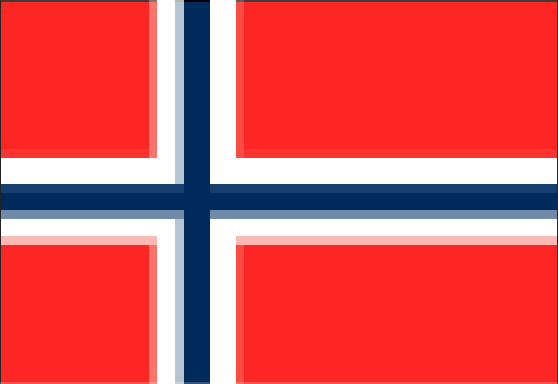On Golden Ground
"På gyllen grunn" (On Golden Ground). Anita Skorgan sings lyrics about eroticism, birth and death written by Erik Hillestad, who was inspired by Emanuel Vigeland's work of art "Vita" from his mausoleum in Oslo, where the album was also recorded with Arve Henriksen, Eivind Aarset, Rolf Lislevand and Helge Norbakken. 2011

